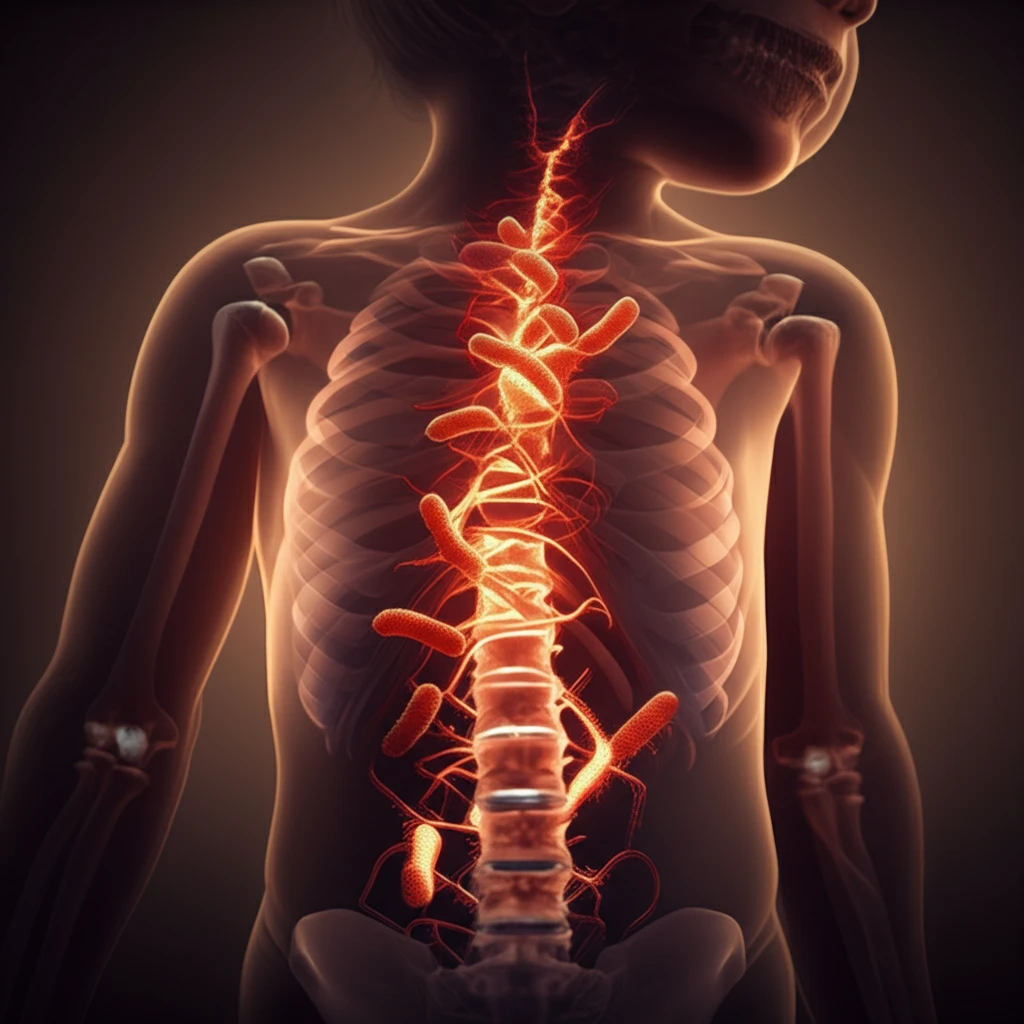
Unlocking the Mystery of Kingella Kingae: A Parent's Guide to Pediatric Spondylodiscitis
"Early Detection and Treatment Strategies for this Emerging Cause of Spinal Infections in Children"
Spondylodiscitis, while rare in children, demands a high level of suspicion for early diagnosis and effective management. This condition involves infection of the vertebral column, primarily affecting the intervertebral disc and adjacent vertebral bodies. Prompt and appropriate intervention is crucial for ensuring a positive outcome for affected children.
Recent advancements in molecular biology have shed light on new causative agents, particularly Kingella kingae, transforming our understanding of the etiology and, consequently, the therapeutic approaches to this infection. While Staphylococcus aureus remains a significant culprit, Kingella kingae is increasingly recognized as a major player, necessitating a revised perspective on diagnosis and treatment.
Effectively managing pediatric patients with spondylodiscitis requires a comprehensive approach that includes advanced imaging techniques and meticulous tissue sampling for culture, histology, and molecular studies. Although specific guidelines for treatment protocols, administration routes, and durations remain elusive, early initiation of antimicrobial therapy is paramount for optimal prognosis.
What are the Signs and Symptoms of Kingella Kingae Spondylodiscitis?

The presentation of Kingella kingae spondylodiscitis can be subtle, often delaying diagnosis. Unlike more acute infections, the symptoms tend to develop gradually over several weeks. Parents might initially notice vague signs that, if recognized early, can make a significant difference in the outcome.
- Irritability and Refusal to Feed: A noticeable change in your child’s demeanor, accompanied by a decreased interest in eating.
- Reluctance to Stand or Walk: Children may show resistance or discomfort when attempting to bear weight.
- Changes in Gait: Observe for limping or an altered way of walking that progressively worsens.
- Back Pain or Stiffness: Your child may express discomfort or pain in their back, especially at night.
- Abdominal Pain and Constipation: Digestive issues can sometimes accompany spinal infections.
- Low-Grade Fever: While not always present, a mild fever may indicate an underlying infection.
The Bottom Line: Early Intervention is Key
Kingella kingae spondylodiscitis requires vigilance and a proactive approach. By familiarizing yourself with the subtle signs and seeking prompt medical evaluation, you can ensure your child receives the timely care needed to overcome this infection and maintain optimal spinal health. While the journey may seem daunting, remember that early intervention significantly improves outcomes, paving the way for a healthy, active future for your child.
